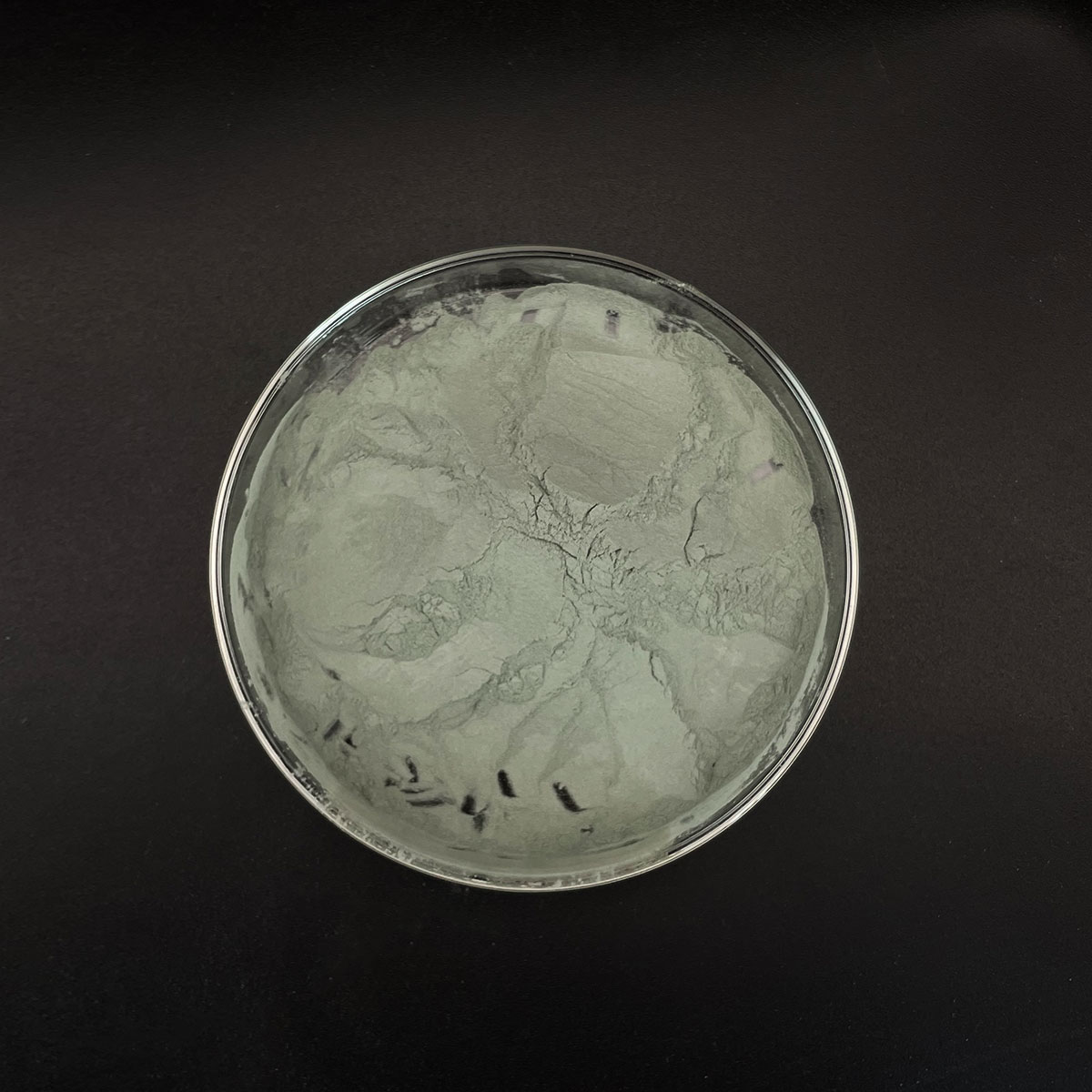Overview of Cationic Polymer Barquat PQ-2 Poly(2-hydroxypropyl dimethyl ammonium chloride)
Polymer surfactants, also known as polymeric surfactants or amphiphilic polymers, are high-molecular-weight compounds that combine the properties of traditional low-molecular-weight surfactants with the unique features of polymers. Unlike small molecule surfactants, polymer surfactants offer enhanced stability, improved solubility, and the ability to form more complex structures such as micelles, hydrogels, and vesicles. These macromolecules find applications across a wide range of industries due to their tailored structures and tunable properties, which allow for precise control over interfacial behavior and solution rheology.
Features of Cationic Polymer Barquat PQ-2 Poly(2-hydroxypropyl dimethyl ammonium chloride)
-
Molecular Weight and Structure: With a much higher molecular weight, polymer surfactants offer enhanced stability in harsh conditions and over prolonged periods compared to small molecule surfactants.
-
Tunability: The structure of polymer surfactants can be precisely engineered to include different functional groups, monomer sequences, and architectures, allowing for specific interactions and properties.
-
Multifunctionality: Apart from surface activity, they can also provide additional functionalities like thickening, rheology modification, and controlled release capabilities.
-
Self-Assembly: Capable of forming sophisticated self-assembled structures like micelles, hydrogels, and vesicles, which can encapsulate or release active ingredients in a controlled manner.
-
Environmental Compatibility: Many polymer surfactants are designed to be biodegradable and less toxic, making them suitable for eco-friendly applications.
-
Temperature and pH Responsiveness: Some polymer surfactants exhibit responsive behavior to changes in temperature or pH, enabling stimuli-responsive systems.

(Cationic Polymer Barquat PQ-2 Poly(2-hydroxypropyl dimethyl ammonium chloride))
Parameters of Cationic Polymer Barquat PQ-2 Poly(2-hydroxypropyl dimethyl ammonium chloride)
The Cationic Polymer Barquat PQ-2 Poly(2-hydroxypropyl dimethyl ammonium chloride) parameter can vary depending on the desired application and size of the polymer. The parameters will determine the strength, stability, and properties of the polymer, which in turn will affect its applications.
For example, if the polymer is used for medical applications such as oral care or wound healing, it may have a higher Cationic parameter than other types of polymers. This can make the polymer more easily responsive to the body’s natural responses and potentially increase its efficacy in certain treatments.
If the polymer is used for use in industrial applications such as paint or plastic resins, it may have a lower Cationic parameter than other types of polymers. This can make the polymer less flexible and less ideal for some applications, but can also lead to better performance and efficiency.
Overall, the Cationic Polymer Barquatorent² Poly(2-hydroxypropyl dimethyl ammonium chloride) parameter should be carefully considered when designing and manufacturing a polymer to ensure that it meets the intended requirements and performs effectively in the specific application being used.

(Cationic Polymer Barquat PQ-2 Poly(2-hydroxypropyl dimethyl ammonium chloride))
Applications of Cationic Polymer Barquat PQ-2 Poly(2-hydroxypropyl dimethyl ammonium chloride)
-
Personal Care and Cosmetics: As emulsifiers, thickeners, and stabilizers in creams, lotions, and shampoos, offering improved aesthetics and performance.
-
Drug Delivery: Formulation of nanoparticles, microcapsules, and hydrogels for targeted and controlled drug release, enhancing therapeutic efficacy and patient compliance.
-
Oilfield Chemicals: Enhanced oil recovery, drilling fluids, and demulsifiers due to their superior stability and ability to function in harsh conditions.
-
Food Industry: As emulsifiers and stabilizers in food products, improving texture, shelf-life, and the delivery of flavors and nutrients.
-
Water Treatment: In wastewater treatment processes for flocculation, clarification, and the removal of pollutants.
-
Paints and Coatings: As dispersants and rheology modifiers, improving pigment dispersion, stability, and application properties of paints and coatings.
Company Profile
SurfactantChina is a trusted global chemical material supplier & manufacturer with over 12-year-experience in providing super high-quality surfactant and relative products.
The company has a professional technical department and Quality Supervision Department, a well-equipped laboratory, and equipped with advanced testing equipment and after-sales customer service center.
If you are looking for high-quality surfactant and relative products, please feel free to contact us or click on the needed products to send an inquiry.
Payment Methods
L/C, T/T, Western Union, Paypal, Credit Card etc.
Shipment
It could be shipped by sea, by air, or by reveal ASAP as soon as repayment receipt.
FAQs of Cationic Polymer Barquat PQ-2 Poly(2-hydroxypropyl dimethyl ammonium chloride)
Q: Is Cationic Polymer Barquat PQ-2 Poly(2-hydroxypropyl dimethyl ammonium chloride) more expensive than conventional surfactants?
A: Generally, yes, due to its complex synthesis and higher functionality. However, their enhanced performance and often justify the added cost.
Q: Is Cationic Polymer Barquat PQ-2 Poly(2-hydroxypropyl dimethyl ammonium chloride) biocompatible?
A: Many polymer surfactants are designed to be biocompatible and suitable for biomedical applications, but compatibility tests are essential for specific uses.
Q: How does Cationic Polymer Barquat PQ-2 Poly(2-hydroxypropyl dimethyl ammonium chloride) differ in their environmental impact compared to small molecule surfactants?
A: Polymer surfactants, especially those designed to be biodegradable, can have a lower environmental impact due to slower release and reduced accumulation in ecosystems.
Q: Can Cationic Polymer Barquat PQ-2 Poly(2-hydroxypropyl dimethyl ammonium chloride) be used in all types of formulations?
A: Their use depends on the specific formulation requirements. Compatibility, solubility, and interaction with other components need to be considered for successful integration.
Q: Is Cationic Polymer Barquat PQ-2 Poly(2-hydroxypropyl dimethyl ammonium chloride) effective in extreme conditions?
A: Yes, their high molecular weight often provides stability in harsh environments like high temperatures, high salinity, or extreme pH, where conventional surfactants may degrade.

(Cationic Polymer Barquat PQ-2 Poly(2-hydroxypropyl dimethyl ammonium chloride))





